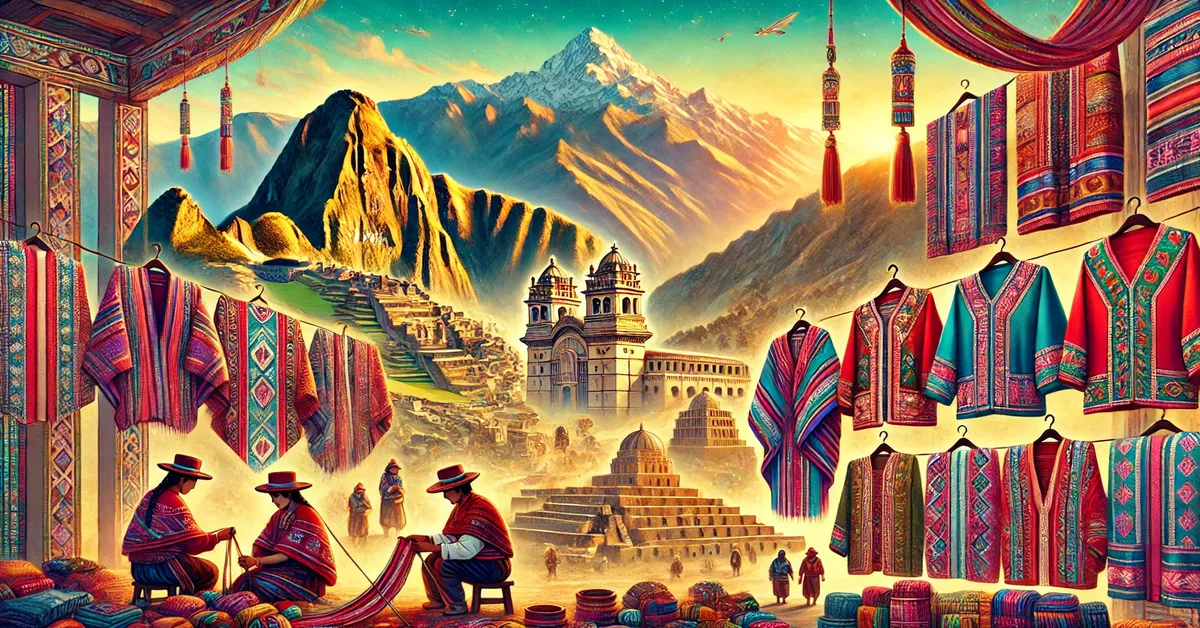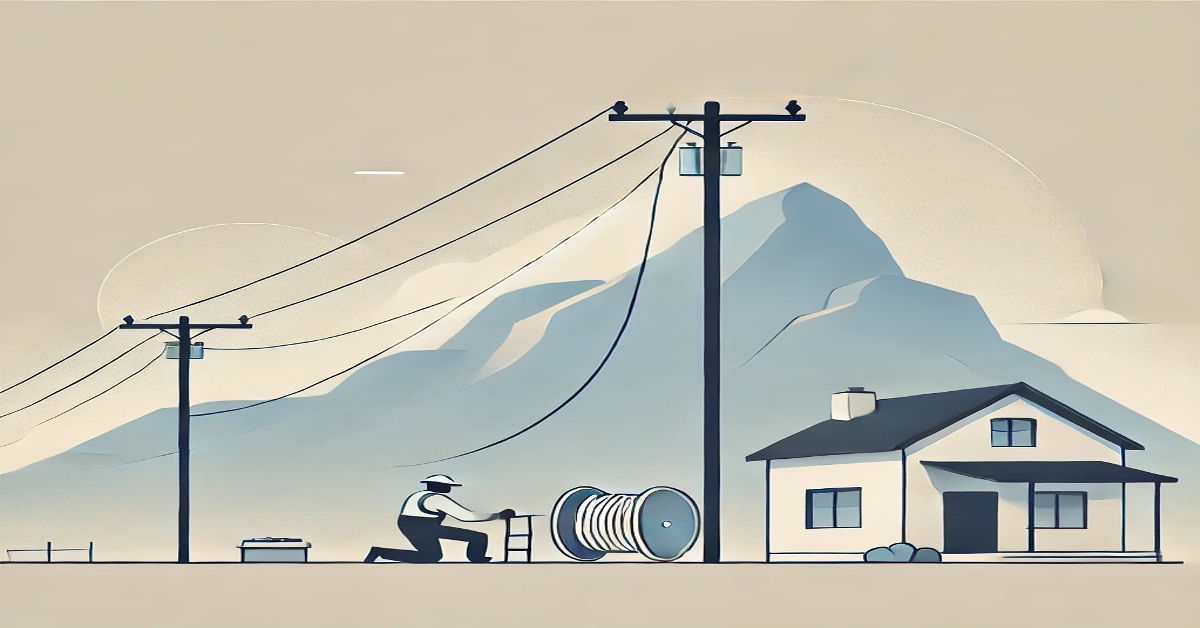The term “Uncuymaza” holds historical, cultural, and possibly geographical significance, but as a relatively obscure or niche subject, it demands a deeper dive to uncover its origins, relevance, and importance in modern and historical contexts. This article aims to explore the concept of Uncuymaza from various angles, including its etymology, historical context, possible geographical connections, and the ways it may have influenced or reflected the societal values of the people associated with it. Furthermore, we will examine whether Uncuymazas has a symbolic or literal meaning in specific cultures and its influence on modern interpretations of cultural identity and heritage.
What is Uncuymaza?
At first glance, the term Uncuymaza may appear unfamiliar. However, upon closer inspection, it is possible that Uncuymazas refers to a specific place, concept, or cultural practice that has historical roots. Given its linguistic structure, Uncuymazas could be linked to Indigenous languages, a region, or a combination of both. Often, words like these can have deep connections to geography or cultural traditions, representing not just a name but an entire way of life for a group of people.
The Etymology of Uncuymaza
Understanding the etymology of the word “Uncuymaza” can provide insight into its origins. Many names and terms with similar linguistic patterns come from Indigenous languages in Central or South America, often rooted in Quechua, Aymara, or other Indigenous dialects. These languages often fuse geographical markers with cultural or spiritual meanings.
Breaking down the word “Uncuymaza” into its potential components:
- “Uncu” could be derived from the Quechua language, where it means “clothing” or “covering.” In Inca culture, the uncu was a type of tunic worn by nobility, especially during ceremonial events.
- “Ymaza” is harder to trace directly but could be connected to the names of certain regions or cultural traditions in ancient Andean societies.
When pieced together, Uncuymazas might refer to a ceremonial garb, a place where such items were made or worn, or even a broader cultural tradition involving attire.
Uncuymaza in Historical Context
In ancient Andean cultures, clothing was more than just a practical necessity—it was deeply intertwined with social status, identity, and religious beliefs. For example, the Inca nobility wore richly decorated clothing, often made from the finest materials such as alpaca wool or vicuña, and adorned with intricate patterns symbolizing their status and connection to the divine. If Uncuymaza does indeed relate to ceremonial clothing or a cultural practice tied to attire, it could indicate that this term held significant value in past societies.
Alternatively, Uncuymaza could also refer to a geographical location where important cultural practices related to textiles and attire took place. Many regions in the Andes were renowned for their skilled weavers and artisans, who produced garments not only for everyday use but for special occasions, rituals, and ceremonies. In this context, Uncuymaza could represent a region that specialized in the production or trade of ceremonial garments or textiles.
The Cultural Significance of Uncuymaza
Whether Uncuymaza is a cultural tradition or a physical place, its importance is likely tied to the larger cultural landscape of the Andean region. Throughout history, the people of the Andes developed intricate and meaningful systems of symbolism, using their environment and resources to express their values, beliefs, and social structures. This is reflected in their textiles, architecture, and other forms of artistic expression.
Textiles and Ceremonial Clothing in the Andes
If Uncuymazas does indeed relate to ceremonial clothing, it is important to understand the broader cultural context of textiles in the Andes. In these societies, textiles were not only practical but also symbolic of power, authority, and spiritual beliefs. The production of textiles was a highly skilled craft, often passed down through generations, and certain designs or patterns were reserved for specific individuals or events.
Textiles also played a central role in religious ceremonies and offerings. The Incas, for example, believed that their rulers were descendants of the sun god Inti, and the garments they wore were imbued with divine significance. Garments like the uncu were considered sacred, and their production followed strict guidelines to ensure they were fit for use by the nobility or for religious purposes.
The Role of Geography in Uncuymaza
If Uncuymaza is, in fact, a location, it is likely that geography played an important role in its cultural significance. The Andes is a region known for its challenging but resource-rich environment, with communities adapting to high altitudes, varying climates, and rugged landscapes. Certain areas became centers for agriculture, while others were known for their craftsmanship and trade. Uncuymaza may have been one such location, renowned for its production of ceremonial garments or other culturally significant items.
Modern Interpretations of Uncuymaza
Today, many Indigenous cultures in the Andean region continue to practice traditional crafts such as weaving, and their work is celebrated around the world for its beauty and cultural importance. In this sense, Uncuymaza could symbolize a broader movement to preserve and honor these traditions, especially in the face of modernization and cultural assimilation. Whether through the production of textiles, art, or other forms of cultural expression, modern communities may still look to concepts like Uncuymaza as a way to connect with their heritage.
Uncuymaza as a Symbol of Identity
In many cultures, clothing and textiles serve as markers of identity, indicating everything from social status to regional affiliation. In the case of Uncuymaza, the term could represent a specific cultural identity tied to the Andean region, where certain garments or traditions set one group apart from others.
In modern times, identity is often expressed through fashion and the preservation of cultural heritage. Uncuymaza may serve as a reminder of the importance of preserving traditional practices, especially in a world where globalization and cultural homogenization are rapidly erasing unique identities. For people of Andean descent, Uncuymazas could be a symbol of pride in their ancestry, their connection to the land, and the continuation of ancient traditions.
The Importance of Cultural Preservation
In recent years, there has been a growing movement to protect and preserve Indigenous cultures around the world, including those in the Andes. This movement seeks to ensure that traditional practices, languages, and crafts are not lost in the face of modernization. Uncuymaza, whether as a concept or a specific tradition, could play a role in this effort, serving as a symbol of cultural resilience and the importance of maintaining connections to the past.
The Future of Uncuymaza
As the world continues to change, the future of Uncuymaza and what it represents may evolve as well. If the term refers to a specific place, it could become a site of cultural preservation or tourism, where visitors can learn about the traditions of the Andean people. Alternatively, if Uncuymaza is a cultural practice, it may experience a resurgence as part of a broader effort to revive and celebrate Indigenous crafts and traditions.
In either case, the significance of Uncuymaza is likely to endure, serving as a reminder of the rich history and cultural heritage of the Andean region. Whether through textiles, art, or other forms of expression, the legacy of Uncuymaza will continue to inspire future generations to explore and honor their cultural roots.
Uncuymaza in Popular Culture
With growing interest in Indigenous cultures and their contributions to global heritage, it is possible that Uncuymazas could find its way into popular culture, especially through mediums like film, literature, and art. As more people become aware of the rich traditions of the Andean region, terms like Uncuymaza may gain broader recognition, not only as historical or cultural markers but as symbols of resilience and identity.
Conclusion
Uncuymaza, whether a term referring to a cultural tradition, a specific location, or a symbolic concept, holds significant value in understanding the Andean region’s history and identity. Through its connections to textiles, ceremonial practices, and possibly geographical significance, Uncuymaza represents more than just a word—it encapsulates a way of life, a connection to the land, and a deep sense of cultural pride.
As modern societies continue to grapple with issues of cultural preservation, identity, and globalization, Uncuymaza can serve as a powerful reminder of the importance of maintaining ties to one’s heritage. Whether through traditional crafts, art, or community practices, the legacy of Uncuymaza will continue to shape the future of the Andean people and their place in the world.
FAQs about Uncuymaza
1. What is Uncuymaza?
Uncuymaza is a term that potentially refers to a cultural tradition, geographical location, or concept related to ceremonial clothing and textiles in the Andean region, particularly tied to Indigenous practices.
2. What does Uncuymaza mean in the context of textiles?
In the context of textiles, Uncuymaza could represent the production or use of ceremonial garments, possibly tied to the Inca nobility or other Andean cultures known for their intricate weaving techniques.
3. Is Uncuymaza a place or a tradition?
While the exact nature of Uncuymaza is unclear, it could refer to both a geographical location known for producing ceremonial clothing and a broader cultural tradition related to the significance of textiles in the Andes.
4. Why is Uncuymaza important in modern times?
Uncuymaza may symbolize the importance of cultural preservation and the revival of Indigenous traditions in the face of globalization. It can serve as a reminder of the Andean region’s rich cultural heritage and identity.
5. How does Uncuymaza connect to Andean identity?
Uncuymazas likely represents a deep connection to Andean identity through its association with traditional practices, textiles, and ceremonial clothing, which were vital to the social and spiritual life of ancient Andean societies.
6. Can Uncuymaza be visited or experienced today?
If Uncuymaza is a specific place, it may be possible to visit the region and explore its cultural significance. If it is a cultural tradition, it can be experienced through the ongoing preservation and revival of Andean textile arts and ceremonial practices.











